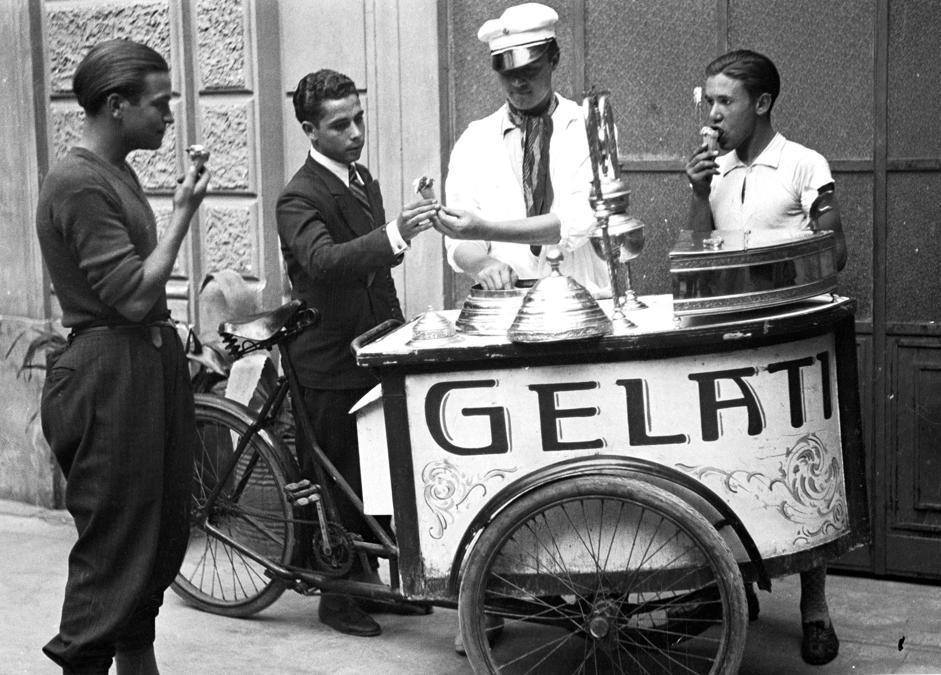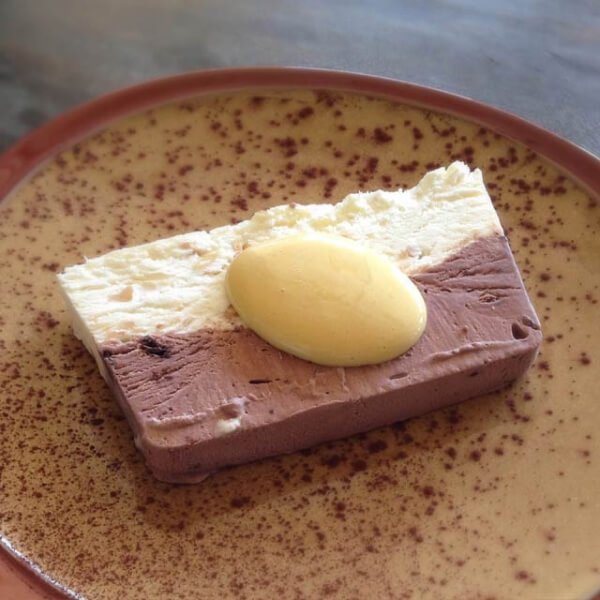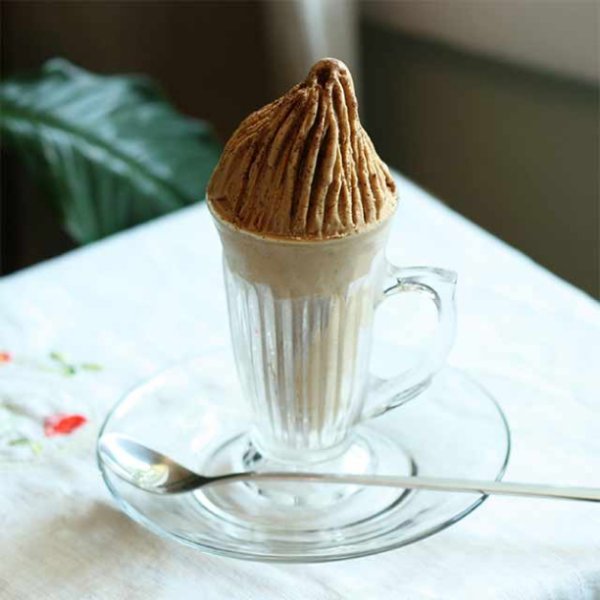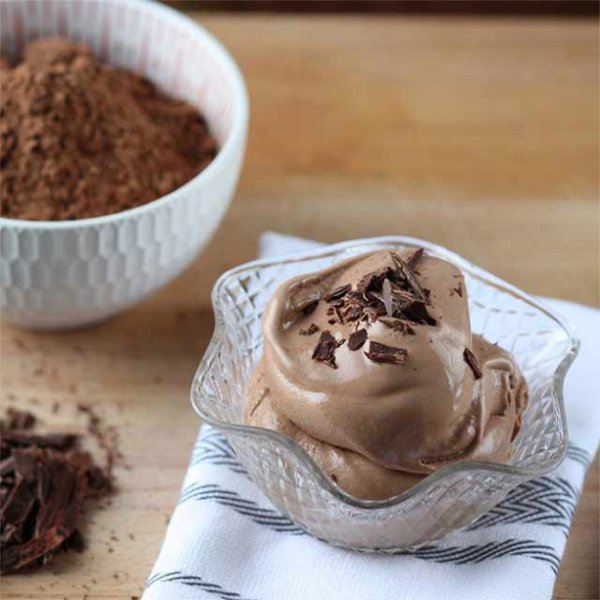
A Brief History of Gelato
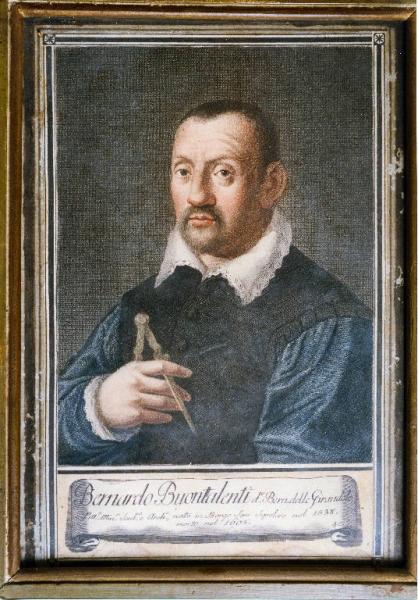
The story of gelato is an ancient and complicated one, but what kind of gelatiere would I be if I couldn’t fill you in if you were interested to know it?
Ancient History of Gelato
The true origin of gelato is unknown. We do know, however, that in ancient Palestine reapers of the harvest where offered refreshments made of compressed snow, which had been taken from the Lebanese mountains and had been stored in special containers to keep it through the summer. In ancient Egypt, the Pharaohs offered their guests a slush made of snow and fruit juices. Cleopatra reportedly even offered Caesar and Anthony such a “drink” in silver goblets when they met. Later in Rome is when the first recipe of a sort of gelato pops up, even though it was more of a slushy, thanks to General Quintus Fabius Maximus. A brisk sea trade of compacted snow from Mt. Etna and Mt. Vesuvius to Rome flourished for centuries. The concoction was not only popular with the aristocracy (emperor Nero was a fanatic), but also with the general population who were provided with the delicacy by street vendors.
During the fall of the Roman empire, many of the custom and the delicacies enjoyed by the people disappeared. During this time, the frozen delight also disappeared from the Italian peninsula.
We also must look to the Arabs to follow the thread of gelato history. It was they, it appears, who made the first leap of producing frozen fruit juices by placing in containers surrounded by crushed ice. This was a more refined and lighter form of the early gelato, and they called it “sherbert,” which translates to “sweet snow” in Arabic.
The Arabs then introduced this sherbert back into the Southern Europe regions that they conquered. This included Spain and Sicily.
In Northern Europe, the Arabic sherbet was brought back by the Crusaders who had come to know it during their time in the Holy Land. Richard the Lion Heart was even rumored to be sent the refreshing mixture by the gallant Saladin when he learned that Richard was suffering from a fever.
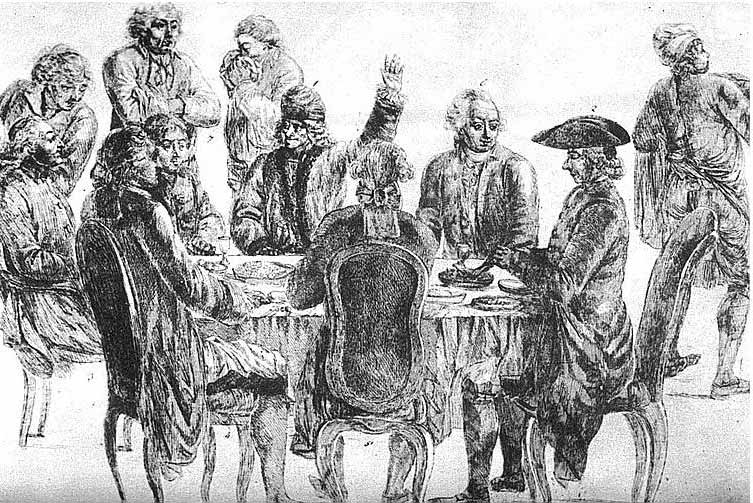
Early Modern History of Gelato
Starting with the Renaissance, our story becomes an entirely Italian one.
There are three figures who carried forward the progress of gelato, and who can properly be called the first gelatieri (gelato makers). These men are Ruggieri, Buontalenti and Coltelli.
Ruggeri was a humble chicken seller who lived in the first half of the 16th century, who entered a competition sponsored by the De Medici court that sought to have competitors to “prepare a singular dish never seen before.” Ruggeri concocted a sorbetto that was deemed to be the most delicious dessert the judges had ever had. Eventually, Caterina de Medici took Ruggeri with her to France as part of her court when she married the future king of France. Ruggeri there taught his art to the French cooks.
Bernando Buontalenti entered the scene in the second half of the 16th century. He was a famous painter, architect, and engineer in addition to being an amateur cook. He is generally credited today as being the inventor of gelato, as he seems to be the first to introduce milk and eggs to the mixture.
At one point, Buontalenti was commissioned to prepare a feast “to stupefy the foreigners” for the visiting Spanish dignitaries, and he included his indulgent gelato. Everyone who helped him prepare the gelato left Florence armed with these new precious recipes, which they went on to prepare for other lords across the land.
Enter Francesco Procopio di Coltelli, who was a Sicilian fisherman in the late 17th century. Tired of battling the waves for his livelihood, he dug everything his grandfather had left him out of storage. This included a contraption meant to produce sorbetto.
Soon, Francesco had caught gelato fever (it’s a real malady, I can assure you), and he couldn’t stop creating and perfecting recipes. His main contribution was in the use of sugar instead of honey, and of mixing salt with ice to make it colder (though it should be said that he was not the first one to do so). He decided to aim high, and he went to Paris, where he brought gelato to the masses by opening the first gelateria worth the name, which was called Cafe Procope. The establishment became hugely successful and was frequented by many famous figures, including Voltaire. Gelato production thus spread through France and Europe.
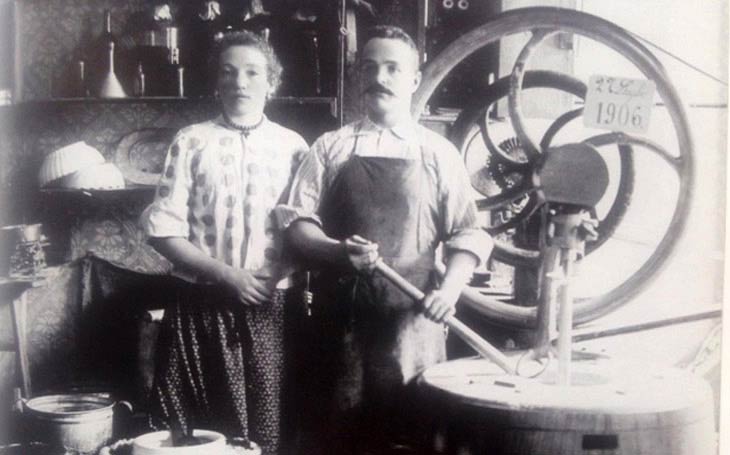
The Modern History of Gelato
In 1770, Giovanni Bosio left his hometown of Genoa for New York to make his fortune. How did he do this, you might ask? By opening a gelateria.
New Yorkers, and then Americans in general, went mad for this new product. They eventually begun making changes to the Italian recipe, and creating a divergence of Italian gelato and what would become ice cream.
In the U.S. in 1840, Nancy Johnson invented a hand cranked ice cream maker. In Europe, a certain Fuller did the same, and now gelato became creamier and less icy than its predecessor.
At this point, gelato was available to the masses, not just from gelaterias but from street vendors with carts.
The progressions went rapidly from there. In 1896, Italo Marcioni invented the first cone mold. In 1927, Otello Cattabriga of Bologna patented his new machine, which was essentially a perfected electric batch mixer. This mixer still operated with ice, but “automatically” produced a superior product. The final advance in gelato production came with refrigerated batch freezers, which allow for a consistent and rapid production of gelato.
In the ‘60s, the industry began the production of pastes and powders to flavor gelato. These are called semi-lavorati (or, in Italian, “pre-worked”). These additives make the job of the gelatiere much easier, but at a cost: quality is lowered and offerings are standardized, reducing true variety. The use of these semi-lavorati products increased steadily until the trend reached its peak in the late ‘90s. The trend then reversed with the Slow Food movement taking hold, resulting in a return to value fresh ingredients and artisanal methods. And that’s where we come in, here at Botolino.
